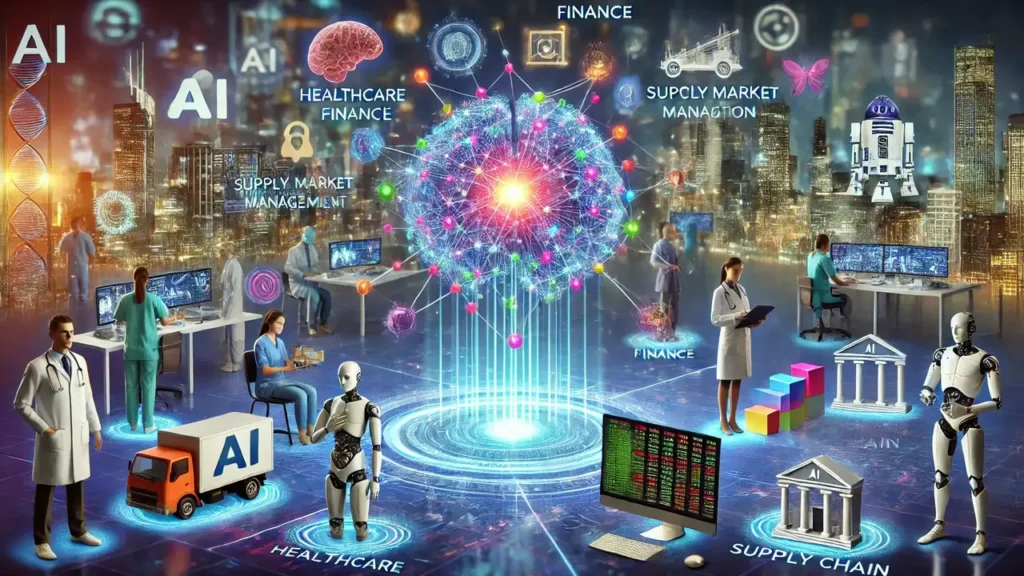Securing clean and pure water is a paramount concern in both industrial and domestic spheres. Electrodeionization (EDI) is an innovative water treatment process that presents an efficient, chemical-free way to purify water. As businesses and communities increasingly prioritize sustainable practices, EDI has surged in popularity due to its environmental benefits and high-quality output.
Below, we delve into the intricacies of this technology, its advantages over traditional methods, and its diverse applications across industries. Keep reading to uncover how this modern marvel is reshaping water treatment standards.
Comparing Electrodeionization With Other Water Treatment Methods
When evaluating water treatment options, it’s crucial to understand how EDI stands apart from alternatives like reverse osmosis (RO) and traditional ion exchange. Unlike RO, which relies on high-pressure pumps to force water through semi-permeable membranes, EDI is an electrical process that avoids the significant energy requirements and membrane fouling risks associated with pressurized systems.
Traditional ion-exchange techniques, on the other hand, heavily depend on chemical regenerants to restore the system’s ion-exchange capacity. These chemicals generate secondary waste streams and demand careful disposal. EDI circumvents these issues, maintaining the ion-exchange capacity through electrodialysis, making it a more seamless and environmentally responsible choice.
It is also worth mentioning that EDI can complement other systems, particularly reverse osmosis. When used in tandem, RO-EDI systems can achieve unparalleled water purity levels. This synergy between technologies harnesses the strengths of each method, resulting in an optimal solution for critical applications that require the utmost water quality.
Applications and Industries Benefitting From Electrodeionization
The merits of electrodeionization have found a foothold in various industries, demonstrating its versatility and indispensability. The pharmaceutical industry, for example, trusts EDI to provide ultrapure water that meets the stringent regulatory standards required for drug manufacturing and preparation. The absence of microbial and pyrogen contamination is particularly significant for products that must adhere to rigorous safety and quality guidelines.
Similarly, the power generation sector benefits from EDI’s ability to produce demineralized water. This high-purity water is crucial for steam generation in power plants, avoiding the buildup of minerals that can damage boilers and turbines. The consistency in water quality ensures the longevity and efficiency of power generation equipment.
Microelectronics and semiconductor manufacturing also rely on ultrapure water to maintain the integrity of their products. Any contaminants can lead to defects and failures in delicate electronic components. EDI’s high precision in removing ions and microorganisms makes it an integral part of the production process in these industries.
Understanding Electrodeionization: The Future of Water Purification Technology
The quest for cleaner water has led to the advancement of various purification methods, with electrodeionization emerging as a leading-edge technology. EDI is a continuous, chemical-free process that combines semi-permeable membrane technology with ion-exchange media to remove impurities from water. The result is a consistent supply of ultra-pure water, which is essential for many critical applications.
As sustainability becomes more crucial, electrodeionization marks a stark contrast to other methods that often rely on hazardous chemicals. The process’s lack of chemical additives not only makes it friendlier to the environment but also reduces handling risks and the need for regulatory compliance related to chemical usage. Its design is tailored for long-term operation with minimal maintenance, showcasing the forward-thinking nature of this purification method.
The integration of EDI systems represents a tremendous leap forward in water treatment. With the capacity to deliver high-purity water and the adaptability to different scales of operation, this technology is poised to become a cornerstone in the future of water treatment solutions. The push towards more ecologically aware methods of purification has set the stage for a wider adoption of electrodeionization in the coming years.
Maintaining an Electrodeionization System: Best Practices
To ensure an electrodeionization system operates at peak performance, proper maintenance is vital. Regular monitoring of the electrical current and water quality can provide early indications of any issues, allowing for timely adjustments or repairs. It is also essential to keep the system clean, avoiding the accumulation of scaling or fouling that can impede the process’s efficacy.
A crucial aspect of maintenance is the replacement and upkeep of membranes and ion-exchange resins. While EDI systems are designed for longevity, over time, components can degrade due to normal wear and tear. Timely replacement of these parts minimizes the risk of system failures and maintains consistent water quality output.
Altogether, the integration of electrodeionization in water treatment processes marks a transformative step toward more sustainable and efficient methods. This environmentally friendly technology yields unparalleled water purity, appealing to a wide range of industries seeking to elevate their water quality standards. Overall, as EDI systems continue to evolve, their contribution to modern water treatment infrastructure becomes ever more vital.




